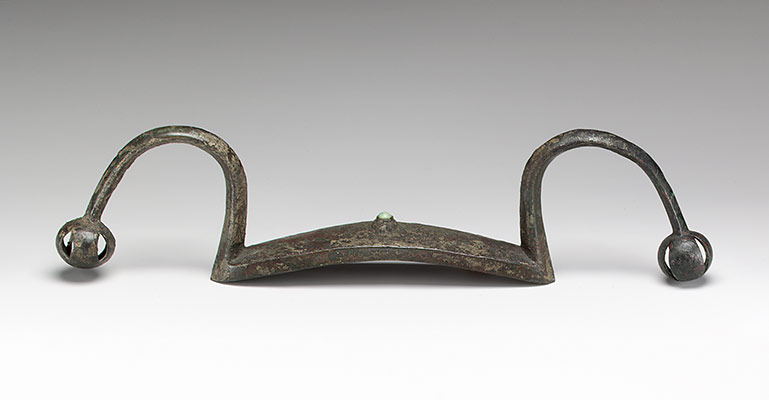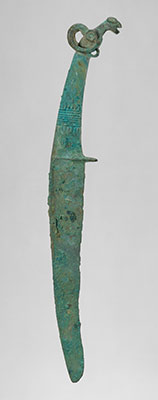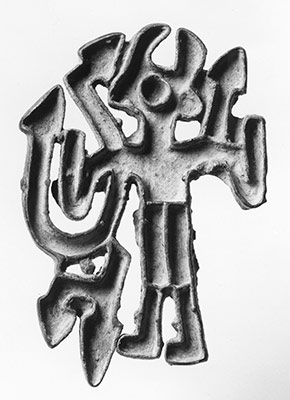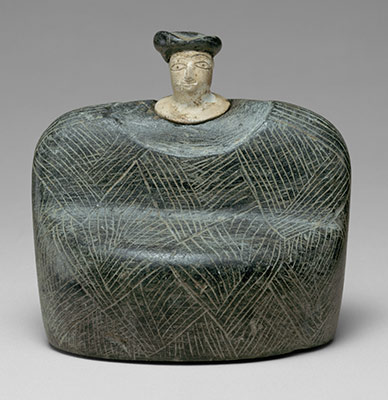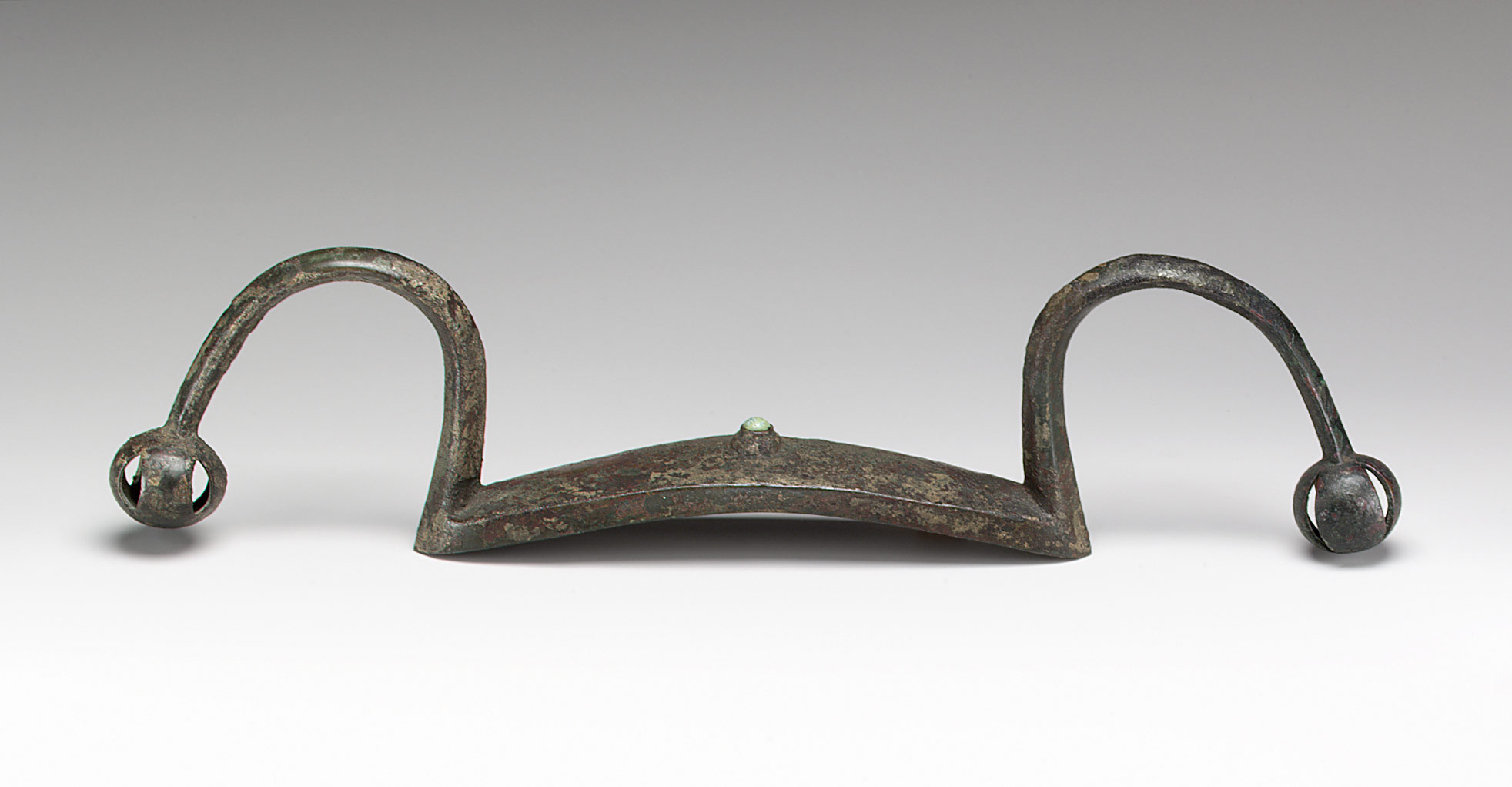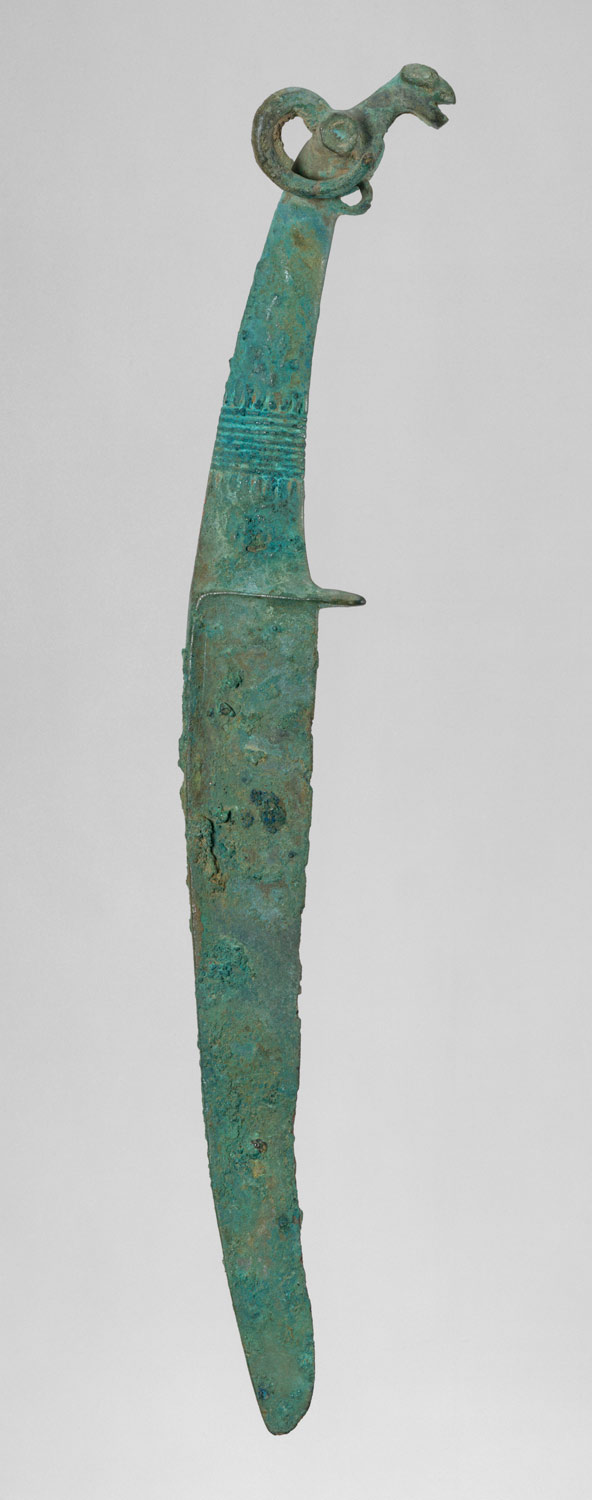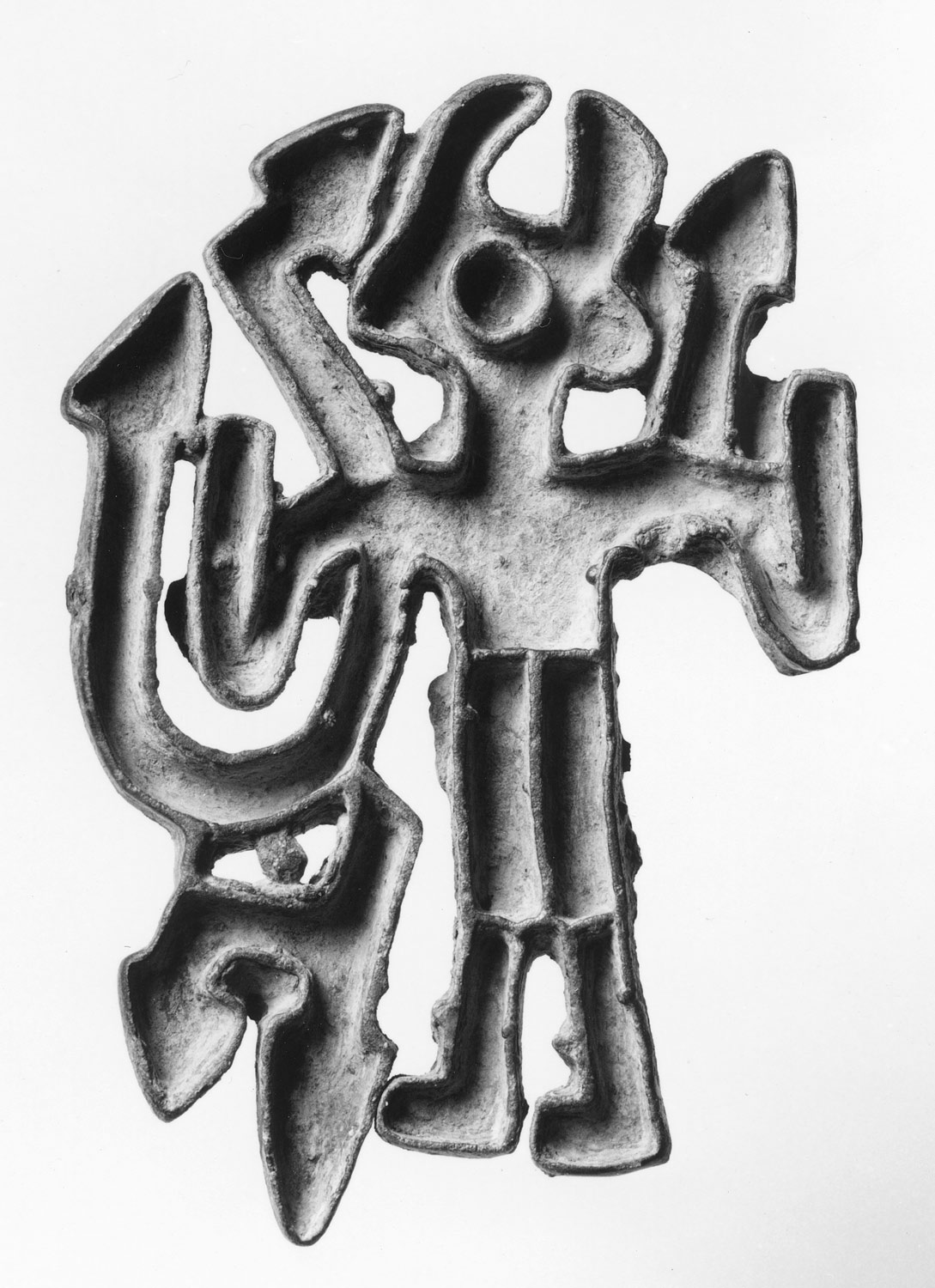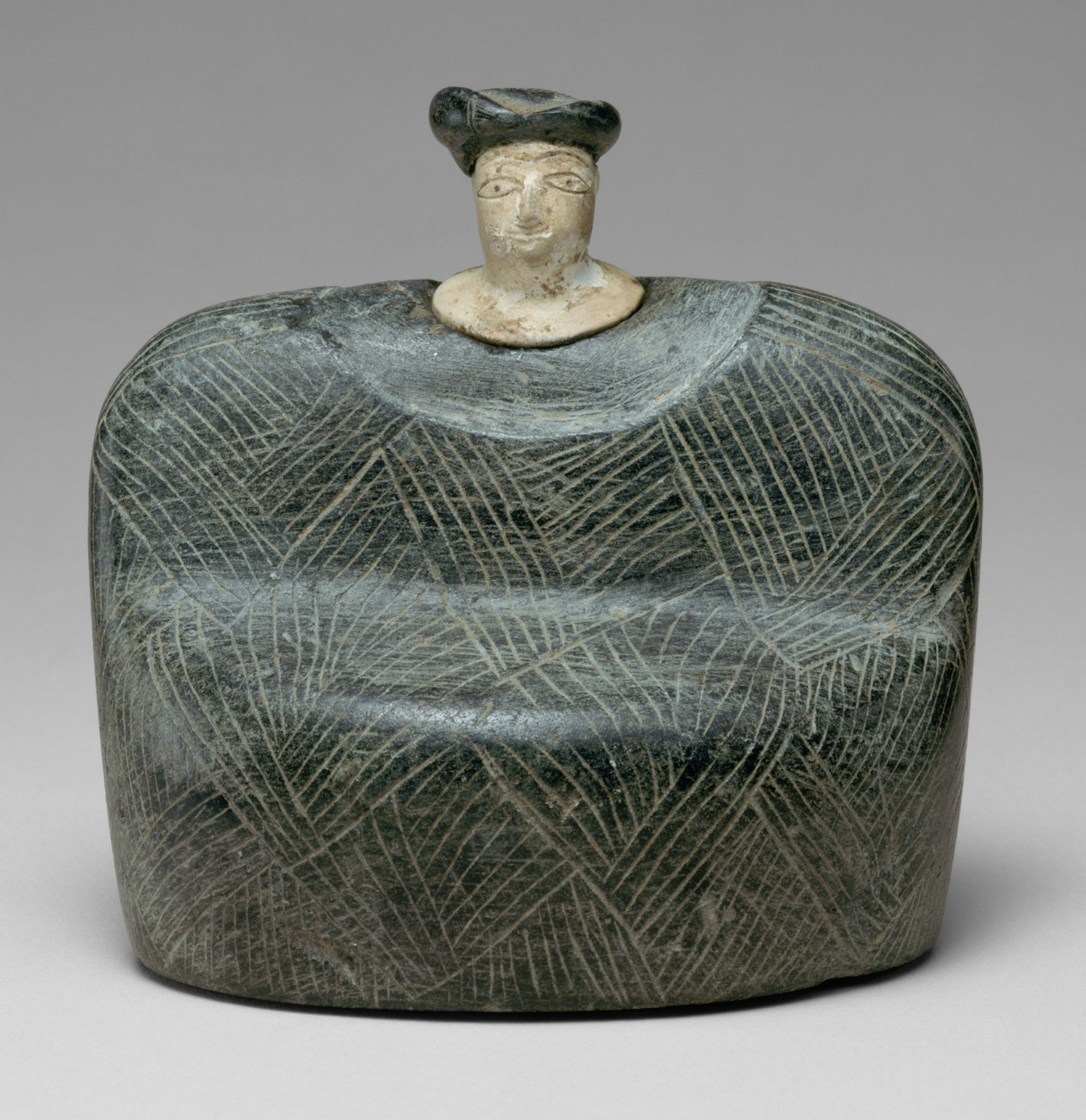The vast expanse of Central and North Asia is rich in mineral resources of many kinds, which are extracted for use by the inhabitants of the area as well as those of lands far away. By the fourth millennium B.C., lapis lazuli from Badakhshan in Afghanistan is imported into Mesopotamia, and jade found in a royal Chinese tomb of the second millennium B.C. comes from Xinjiang. In the second millennium B.C., the people of the Andronovo culture are making their bronzes from copper and tin, which they mine from sources from the Urals to Tajikistan. Recently rediscovered tin mines contain pottery from both the Andronovo culture and the Bactria-Margiana Archaeological Complex, suggesting that trade in ores or metal ingots was wide-ranging in the early centuries of the second millennium B.C. In this period, ceramic traditions generally are relatively local, while, over the whole expanse of North and Central Asia, as well as in bordering areas, various new metal complexes are more widely spread. Agricultural production becomes more extensive over the millennium.
Central and North Asia, 2000–1000 B.C.
Timeline
2000 B.C.
1750 B.C.
NORTH
SOUTH
1750 B.C.
1500 B.C.
NORTH
SOUTH
1500 B.C.
1250 B.C.
NORTH
SOUTH
1250 B.C.
1000 B.C.
NORTH
SOUTH
Overview
Key Events
-
ca. 2000 B.C.
The Andronovo culture develops, characterized by weapons and tools made of tin-bronze, with distinctive curved knives and shaft-hole axes. Although there are many regional variations among products of the Andronovo culture, Andronovo metalwork is found as far southeast as Xinjiang, as far southwest as the Kopet Dagh mountains, and as far north as the Minusinsk Basin of Siberia. The people of Andronovo raise cattle, have wagons and horses, and practice agriculture.
-
ca. 2000/1900 B.C.
The Bactria-Margiana Archaeological Complex develops distinctive bronze stamp seals with geometric designs and stone sculptures, including polished miniature columns of alabaster, marble, and other materials, and composite figurines of several types of stone. Graves containing these distinctive artifacts have been found in Iran and Baluchistan, which are signs of the contact between southwestern Central Asia and areas to the south.
-
ca. 1500 B.C.
In eastern Xinjiang, several cemetery sites, including Yanbulaq, contain many copper and bronze artifacts, some of which, such as mirrors, are similar to types also found in southern Siberia. Bronzeworking seems to have been introduced into Xinjiang about 2000 B.C., but little is yet known about the preceding periods there.
-
ca. 14th–10th century B.C.
The Karasuk culture of the Minusinsk Basin, as well as the cultures of the Mongolian plateau north of the Gobi and in Transbaikalia in Buryatia share some weapon, tool, and ornament types with the peoples of the “northern zone” of China.
Citation
“Central and North Asia, 2000–1000 B.C.” In Heilbrunn Timeline of Art History. New York: The Metropolitan Museum of Art, 2000–. http://www.metmuseum.org/toah/ht/?period=03®ion=nc (October 2000)
